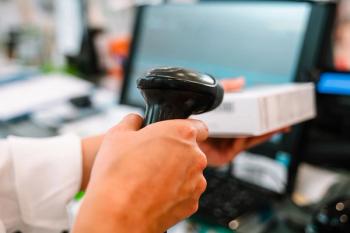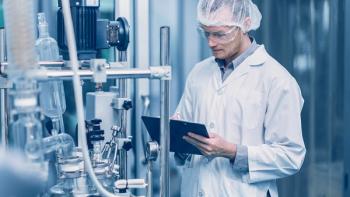
Pharmaceutical Technology Europe
- Pharmaceutical Technology Europe-08-01-2014
- Volume 26
- Issue 8
Trends in Single-Use Biomanufacturing
Single-use technologies have gained broad acceptance in biomanufacturing within the past few years, supporting flexible and cost-effective clinical production.
Single-Use Technology—From Evolution to Revolution
Single-use technologies continue to evolve rapidly as more biopharmaceutical companies embrace the concept and start implementing single-use systems in their bioprocesses.
Single-use technologies have gained broad acceptance in biomanufacturing within the past few years, supporting flexible and cost-effective clinical production. Beyond this, first market productions in disposable equipment (e.g., Shire, Protalix) have already been approved in Europe and the United States. Currently, two thirds of all new bioprocesses are operated using single-use equipment. 1000-L single-use bioreactors (SUBs) represent the common standard; however, 2000-L SUBs are on the advance. In general, an optimistic growth market in the double-digit range is predicted (1).
Pharmaceutical Technology Europe
What makes single-use facilities attractive, on the one hand, is the fact that implementation is cheaper and faster. The initial investment is approximately 40% lower in comparison to a stainless-steel facility at the same scale. Furthermore, the project lead time for implementation is reduced by at least eight months. On the other hand, the reduced risk of contamination in addition to the lower maintenance and energy costs result in higher process safety and operation efficiency. Finally, single-use facilities offer a high degree of flexibility in terms of product changeover and can be tailored to process scale.
In the near future, single-use facilities will be reshaped toward an even more modular design to meet increasing and varying demands. Further technological developments of single-use equipment, in particular centrifuges, process sensors, chromatography and membrane adsorbers, as well as new materials, will help to resolve operational limitations and address process and patient safety issues associated with leachables and extractables.
Cytotoxic leachables are particularly undesirable. For this reason, a screening with mammalian cell cultures in addition to the extractable studies established by the manufacturer is recommended (2). For depletion of the leachables, a risk-based approach that incorporates both manufacturer’s data and process data can be used. This approach guarantees that depletion is carried out within defined limits so that patient safety is ensured at all times.
References
1. E. Langer, R. Rader, Innovation in Stainless-Steel Bioprocessing, Life Science Leader, 31 Oct. 2013.
2. R. Eibl et al.,
About the Author
Dethardt Müller, is vice-president, Technology Development, at Rentschler Biotechnologie GmbH.
Articles in this issue
over 11 years ago
Serialisation, Aggregation and Authenticationover 11 years ago
Single-Use Systems: Enabling the Future of Biologics Manufacturingover 11 years ago
Protecting Drug Safetyover 11 years ago
Polymers for Solubility Enhancementover 11 years ago
Innovations and Future Trends in HPLC Column Technologyover 11 years ago
Advances in Film Coatingover 11 years ago
Biosimilar Development: 10 Years Onover 11 years ago
Supply-Chain Security of Pharmaceutical Starting Materialsover 11 years ago
Maturing Aseptic Technologies Create More Flexible FacilitiesNewsletter
Get the essential updates shaping the future of pharma manufacturing and compliance—subscribe today to Pharmaceutical Technology and never miss a breakthrough.




